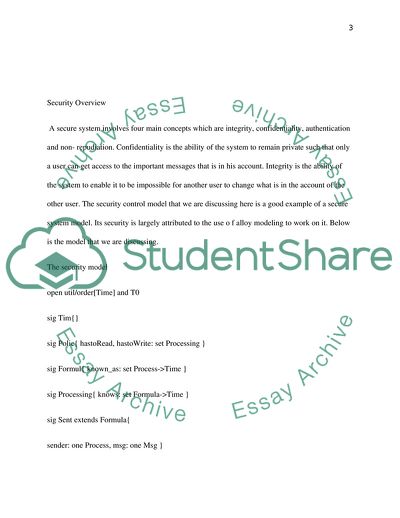Cite this document
(Design and Validation of a General Security Model with the Alloy Analy Case Study, n.d.)
Design and Validation of a General Security Model with the Alloy Analy Case Study. https://studentshare.org/information-technology/1761450-computer-network-security-analyse-the-use-of-alloy-model-checker-for-a-security-application-of-your-choice-among-a-list-of-relevant-case-studies
Design and Validation of a General Security Model with the Alloy Analy Case Study. https://studentshare.org/information-technology/1761450-computer-network-security-analyse-the-use-of-alloy-model-checker-for-a-security-application-of-your-choice-among-a-list-of-relevant-case-studies
(Design and Validation of a General Security Model With the Alloy Analy Case Study)
Design and Validation of a General Security Model With the Alloy Analy Case Study. https://studentshare.org/information-technology/1761450-computer-network-security-analyse-the-use-of-alloy-model-checker-for-a-security-application-of-your-choice-among-a-list-of-relevant-case-studies.
Design and Validation of a General Security Model With the Alloy Analy Case Study. https://studentshare.org/information-technology/1761450-computer-network-security-analyse-the-use-of-alloy-model-checker-for-a-security-application-of-your-choice-among-a-list-of-relevant-case-studies.
“Design and Validation of a General Security Model With the Alloy Analy Case Study”. https://studentshare.org/information-technology/1761450-computer-network-security-analyse-the-use-of-alloy-model-checker-for-a-security-application-of-your-choice-among-a-list-of-relevant-case-studies.


